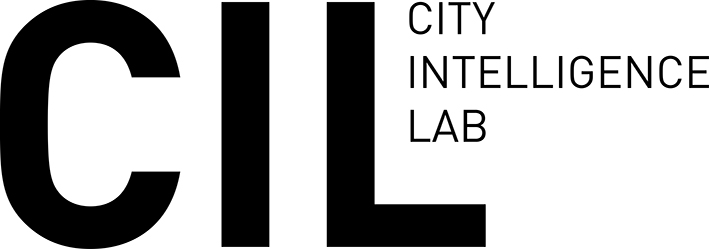City Network Analysis

Core of this module is a weighted network model that can be set up for different transportation modes (eg. car, transit, bike/pedestrian).
Next to the street network itself additional spatial data can be fed as inputs such as population or jobs per area. This combination allows for sound impact- and welfare analysis of planning proposals or on issues regarding location choices of both the public and private sector.
The model is highly flexible and scalable depending on the precision level required, how much data is available and the specific case of application.
The implementation in Rhino/Grasshopper allows to simultaneously set the models parameters including changing network properties (eg. by drawing a new transit line) as well as explore resultant changes directly in the viewport and easily combined with other modules presented on this website.
The model thus can support to investigate questions such as:
On Location analysis:
- What are the unique properties, strengths and weaknesses of a neighborhood in terms of endowment of amenities, green-spaces and access to points of interest throughout the city?
- How walkable is a neighborhood compared to all others?
- Where is the optimal location for a shop or service given a known distribution and transport preference of target customers?
- Where is the optimal location given a set of frequent destinations?
- Which areas have a relative or absolute lack of access to amenities, services and so on? and..
- … how can the distribution of public services, parks, amenities etc. be optimized to improve coverage and accessibility for households ?
- Where is the highest potential for pedestrian flow in a neighborhood?
- Which transit lines and streets are prone to be overcrowded or jammed?
- How do people leaving a large-scale event most likely diapers through the cities network? Where might be bottlenecks?
On Impact analysis:
—by calculating values for all areas of the city claims can be made on the local and overall impact of an intervention.
- How many people benefit to which degree from an intervention such as:
- a new bridge over a canal
- a new transit line
- the closing of a street for traffic
- a new supermarket
.. at location x in terms of travel-time etc. ?
- How does a new transit time affect average travel time of commuters and the utilization of existing lines?
- How does a change in the transportation network affect traffic flows, visitor streams and accessibility?
- What impact poses a new development on the local transportation network?
- Given detailed geo-referenced socio-economic data: which social groups benefits/ disbenefits from a proposed intervention?
Research Team: Serjoscha Düring, Andrej Sluka, Ondrej Vesely, Reinhard König
